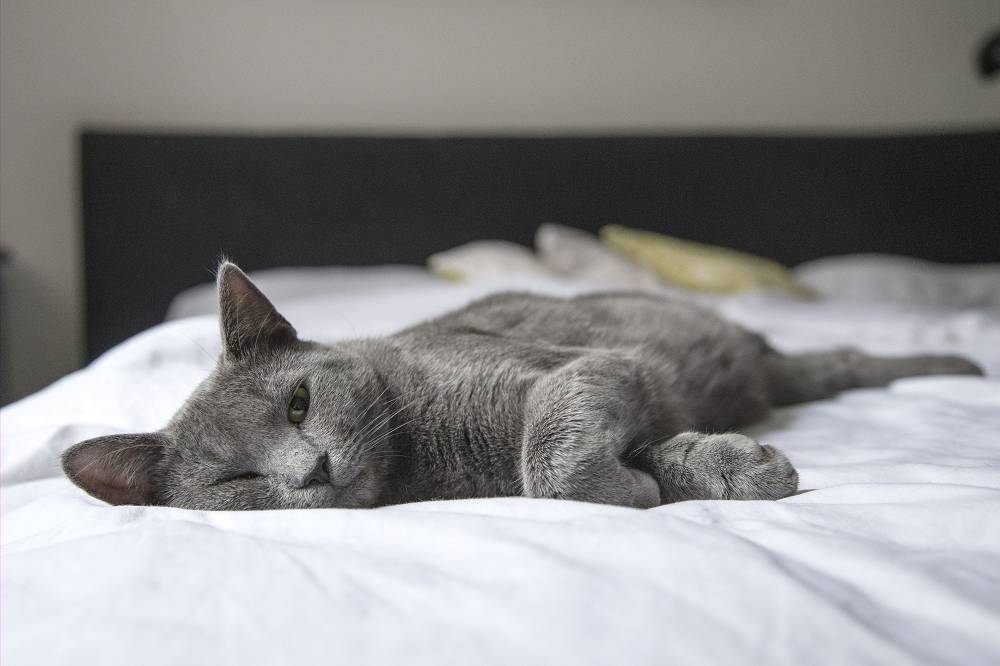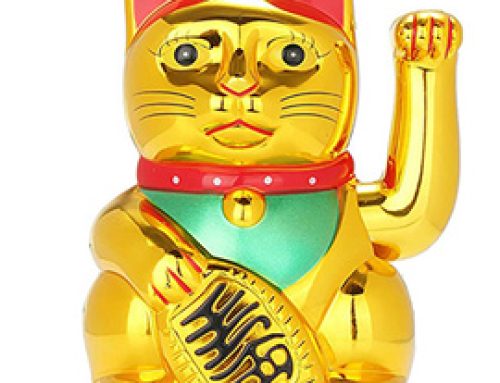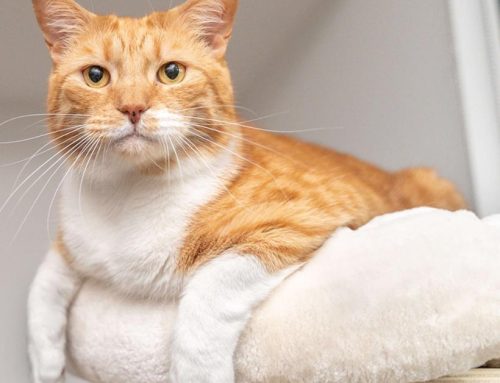Introduction
As a cat owner, you cherish the cuddles, playtime, and unconditional love your feline friend brings into your life. However, just like humans, our furry companions can also face health challenges, including feline mellitus diabetes. This condition affects millions of cats worldwide, and being informed about it can make a significant difference in managing your cat’s health and well-being. Here, we’ll explore what feline mellitus diabetes is, how to identify it, and essential tips for its management.

Understanding Feline Mellitus Diabetes
Feline mellitus diabetes is a metabolic disorder that affects the way your cat’s body utilizes glucose (sugar) for energy. Normally, the pancreas produces insulin, a hormone that helps cells absorb glucose from the bloodstream. In diabetic cats, however, either insufficient insulin is produced or the body becomes resistant to its effects, leading to high blood sugar levels.
Identifying the Symptoms
Recognizing the signs of feline mellitus diabetes early can lead to prompt intervention and better management. Look out for the following symptoms:
- Increased Thirst and Urination: If your cat is drinking more water than usual and having frequent trips to the litter box, it might be a cause for concern.
- Weight Loss: Despite a seemingly good appetite, diabetic cats may lose weight gradually.
- Increased Appetite: Some diabetic cats may exhibit an increased appetite as their body struggles to utilize glucose effectively.
- Lethargy: A lack of energy and reduced interest in play can be indicative of a potential health issue.
- Poor Coat Condition: Diabetes can lead to a decline in the quality of your cat’s fur, leaving it dull and unkempt.
Managing Feline Mellitus Diabetes
While a diabetes diagnosis may feel overwhelming, the good news is that with proper management, your furry friend can still lead a happy and healthy life.
- Veterinary Care: Schedule a visit to your veterinarian if you suspect diabetes. They will conduct blood tests to confirm the diagnosis and provide a tailored treatment plan.
- Diet: Diet plays a crucial role in managing diabetes. Work with your vet to create a balanced, low-carbohydrate diet that helps stabilize blood sugar levels.
- Regular Exercise: Encourage playtime and exercise to help your cat maintain a healthy weight and enhance insulin sensitivity.
- Insulin Injections: In most cases, diabetic cats require insulin injections. Don’t worry; your vet will teach you how to administer them safely and comfortably for your cat.
- Monitoring Blood Sugar: Regularly monitor your cat’s blood glucose levels, following your vet’s instructions. This helps track their progress and adjust treatment accordingly.
- Safe Environment: Ensure your home environment is safe and comfortable for your diabetic cat. Keep food, water, and litter boxes easily accessible, and eliminate any hazards that might pose risks to their well-being.
Some Final Notes on Feline Mellitus Diabetes
Feline mellitus diabetes is a manageable condition that requires love, patience, and commitment from cat owners. By identifying the symptoms early, seeking veterinary care, and implementing a well-rounded management plan, you can provide your feline companion with the best chance at a healthy and happy life. Remember, you’re not alone in this journey; your veterinarian and a supportive community of cat lovers are here to assist you every step of the way. Together, we can help our feline friends thrive!





